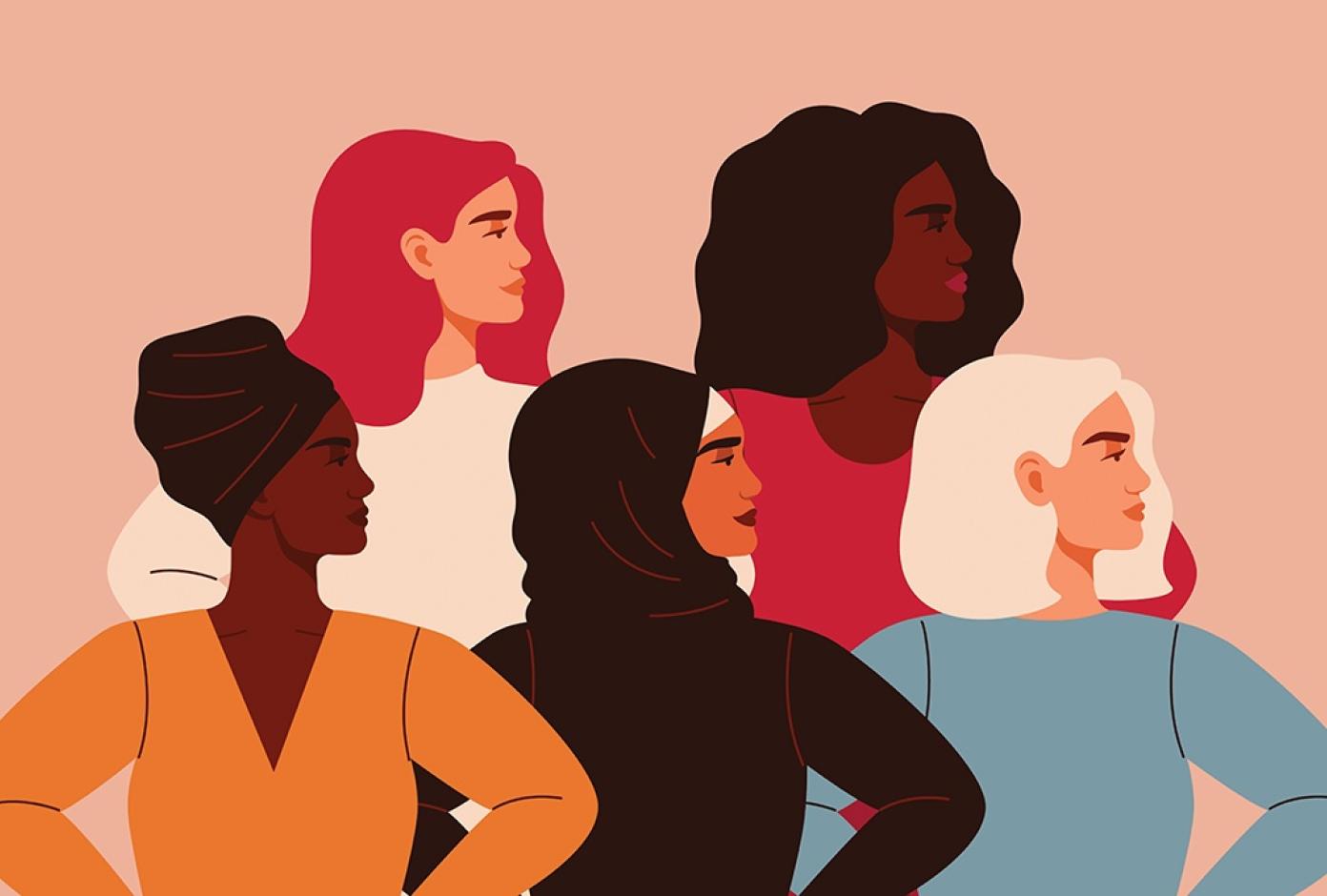Two years after the start of the Arab Spring in 2011, I moved from the Middle East to the United States for college. I left having seen with my own eyes the power of people coming together, regardless of socio-economic or religious background, to challenge entrenched power structures and demand greater political rights.
There is a persistent notion wherein the United States is considered—at least by its own account—democratic, while countries in the Middle East are considered to be draconian. In America, politicians have platforms, people vote, and change happens. In theory, it is simple and effective. How, then, is the United States one of only three countries to roll back abortion rights since 1994? Yes, this is about the overturning of Roe v. Wade in June. Dobbs, America’s new law of the land, holds that there is no longer a federally maintained constitutional right to abortion. From the moment of that decision on, it has been up to each state to establish laws protecting or restricting abortion in the absence of a federal standard. It has been seven months since Dobbs was decided and in the intervening time thirteen states now restrict abortion and thirteen more are likely to move in a similar direction. Across the nation, 62% of Americans believe that abortion should be legal in all or most cases. The new laws therefore neither align with women’s rights nor public opinion, yet the decision making power on this issue is firmly in the hands of lawmakers representing a restrictive and minoritarian interest. How does this happen in the world’s leading democracy?
The inordinate number of emails that rushed into my inbox after the decision was released is telling. “The time is now. Will you stand up for reproductive health and rights? Donate Now”. Or from the voting rights page of Planned Parenthood’s website, “To live in a true democracy where all voices are heard and represented, we must secure voting rights for everyone — no matter what. These days, it’s more important than ever to know your voting rights”. There is no denying that voting and donating to progressive agendas is important, but I do not believe that they are the answer to protecting abortion rights against the recent aggressive attacks on reproductive justice.
Voting and donating are not reactions in the radical sense; they are simply institutional practices. Effective forms of organizing, such as the Montgomery Bus Boycott, during which African Americans refused to ride city buses for over a year to protest segregated seating and racial injustice, will be essential to protecting the future of reproductive rights. Based on the 381 days that it took to bring about the most sweeping civil rights legislation in US history, why would a conventional approach to an unconventionally merciless decision be the best choice? Voting alone will not protect abortion rights.
Perhaps the American left needs to look both back in time and far to the east. There, they will find a shared history of radical and effective protest. In Iran, protests have been taking place for nearly six months following the violent death of Mahsa Amini at the hands of Iran’s “morality police” for refusing to cover her hair. Mahsa’s death has become symbolic of the suppression and abuse of the Iranian Regime towards women. What started as an outburst of grief over Amini’s death has evolved into a national women and youth-led movement that is transformative, diffuse and leaderless. It is bringing people to the streets from all backgrounds, religious sects, and parts of the country. According to scholars of civil resistance, when women participate at high levels, movements become more innovative and more likely to achieve their goals. The movement in Iran has persisted, despite crackdowns by Iranian forces resulting in 328 deaths and thousands of arrests, and it shows no sign of slowing down. What Iranian women have demonstrated is that although no one knows how this will end, they are neither giving up nor giving in to the regime’s imposition on their bodies. They have created a shift in national mood, refusing to acquiesce to politically entrenched and physically threatening conditions.
How can political activism on the left move past the social theater that is Instagram advocacy in cloistered echo chambers to create a paradigm shift such that rights are demanded. Institutional politics has proven to be hollow, especially in the failure to codify Roe v. Wade. The way forward, therefore, is through sustained protest in which the will to not live under a system for one more day overrides the fantasy of protest as an expression of personal politics or social virtue. For the protection of reproductive rights that are under attack, to ensure that a national abortion ban will not happen, the American left needs to learn, or perhaps remember, how to effectively protest. The left also needs to reverse the harmful laws already passed in various states. To save the lives of thousands of women, we need to stop being revolutionaries for the weekend. As demonstrated by Iranian women and by the civil rights movement, protest will be an integral part of a safe and inclusive future for anyone whose rights are being unjustly withheld.
Image: UNDP
